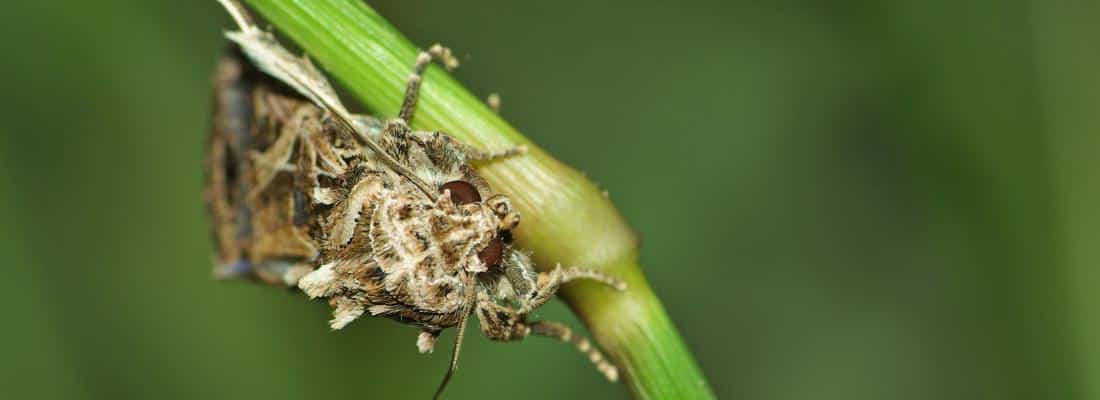Key Insights:
- Pheromonal Influence on Circadian Rhythms: Researchers at INRAE have discovered that female pheromones significantly affect the circadian rhythms of male African cotton moths, altering their mating patterns.
- Unique Discovery: The study highlights a specific pheromonal compound, (Z,E)-9,11-tetradecadienyl acetate, which has a more pronounced effect on altering circadian rhythms than light, marking a novel finding in the study of animal behavior.
- Potential for Biocontrol Strategies: This research opens avenues for developing biocontrol strategies against the African cotton moth, an agricultural pest affecting crops such as maize and legumes.
- Insights into Circadian Synchronization: The findings emphasize the role of sociosexual interactions in circadian synchronization, potentially broadening the understanding of biological timing mechanisms.
- Biocontrol Application: The study suggests that manipulating male moth circadian rhythms through pheromone exposure could disrupt mating synchrony, offering a new approach to pest management.
Discoveries at INRAE Shed Light on Crop Pest Management
In their recent study published in Current Biology, INRAE researchers have outlined the role of female pheromones in modulating the circadian rhythms of male African cotton moths, Spodoptera littoralis, with potential implications for biocontrol strategies. This pest is known for its detrimental impact on agriculture, particularly on maize and legume crops.
Groundbreaking Observations in Animal Behavior
The researchers have identified a pheromonal compound, (Z,E)-9,11-tetradecadienyl acetate, that not only attracts males but also shifts their circadian rhythms more significantly than light. “This result is the first of its kind: never before in a solitary animal species has a sociosexual interaction been shown to affect the circadian clock, let alone surpass light in its entrainment effects,” the study mentions, underlining the unprecedented nature of the discovery.
Biocontrol Implications and Future Directions
The findings suggest a novel method for pest management by using pheromone exposure to disrupt the mating patterns of the moths. Such a strategy could lead to reduced pest populations, providing a new tool in agricultural pest control.
Contributions to Biological and Agricultural Science
This study not only contributes to the understanding of how pheromonal communication influences animal behavior but also opens new pathways for the development of sustainable pest management techniques. The implications of these findings extend beyond the specific case of the African cotton moth, offering insights that could inform future research across various species.
INRAE Latest News
INRAE & WUR Commit to Contributing to New Cooperation Dynamics (2023/04/13)
INRAE (the French National Institute for Agricultural Research) and WUR (Wageningen University & Research) have pledged to contribute to the new cooperation dynamics between France and the Netherlands through the Agriculture and Food component of the Pact. The priorities set in place to “guarantee the food transition” align with the strategies and strengths of INRAE and WUR, two organizations highly invested in providing solutions for the transition of agricultural and food systems in our respective countries, in the EU, and beyond. In addition to our scientific activities, we have also made accelerating the transfer of knowledge and concrete innovations developed with key stakeholders such as AgriTech and FoodTech companies a strategic priority.


